matlab和c语言混合编程
一个简单例子。
1. mex 配置
在命令行输入 mex –setup 然后根据提示操作即可。
2. 编写c语言文件
/* mymex.c*/
#include "mex.h"
void mexFunction (int nlhs,mxArray* plhs[],int nrhs,const mxArray*
prhs[])
{mexPrintf("c语言编译为mex文件例子");
}
说明
mexfunction 是c语言编写mex文件必须要有的函数,相当于main()函数。
参数说明:nlhs:输出参数个数
plhs: 输出参数的mxArray 数组
nrhs:输入参数个数
prhs:输入参数的mxArray数组
3.将c程序编译为mex文件
mex mymex.c
编译成功后,将生成一个mymex.mexw32或mymex.mexw64文件
4.在命令行输入mymex,将会 输出c语言编译为mex文件例子
例子二 储油罐问题计算
储油罐问题中计算最优参数时,影响速度的主要因素为函数的计算和积分的计
算,我们可以用C语言实现,将其编译为mex文件,供matlab 调用。
#include "mex.h"
double surf(double x,double h,double alpha,double beta)
{double rx,HH,hx,s;
1
�
alpha=alpha/180*3.1416;beta=beta/180*3.1416;
if ((x<=-2.0)&&(x>-3.0) )
rx=sqrt(2.6406-(x+11.0/8.0)*(x+11.0/8.0));
else if
((x>=6.0)&&(x<7.0))
rx=sqrt(2.6406-(x-43.0/8.0)*(x-43.0/8.0));
else
rx=1.5;
if (x==-3.0||x==7) rx=0;
hx=h-x*tan(alpha)/cos(beta)-(1.5-rx);
HH=rx-(rx-hx)*cos(beta);
if (HH>2.0*rx )
HH=2.0*rx;
if (rx==0.0||HH<=0.0)
s=0.0;
else
s=rx*rx*acos((rx-HH)/rx)-sqrt(rx*rx-(rx-HH)*(rx-HH))*(rx-HH) ;
return s;
2
�
}
double Simpson(double(*f)(double,double,double,double),double
a,double b,int n,double hh,double alpha,double beta)
{
int k;
double s,s1,s2;
double h=(b-a)/n;
s1=f(a+h/2,hh,alpha,beta);
s2=0.0;
for(k=1;k<=n-1;k++)
{
s1+=f(a+k*h+h/2,hh,alpha,beta);
s2+=f(a+k*h,hh,alpha,beta);
}
s=h/6*(f(a,hh,alpha,beta)+4*s1+2*s2+f(b,hh,alpha,beta));
return s;
}
void
mexFunction(int nlhs,mxArray *plhs[],int nrhs,const mxArray *prhs[])
{
3
�
int
i;
double x,h,alpha,beta,v;
if (nrhs<3) return ;
h=*mxGetPr(prhs[0]);
alpha=*mxGetPr(prhs[1]);
beta=*mxGetPr(prhs[2]);
v=1000*Simpson(surf,-3,7,200,h,alpha,beta);
plhs[0]=mxCreateDoubleScalar(v);
}
应用例子三 模拟退火法计算tsp问题
编译为.mexw64或mexw32文件
输入参数为53个城市的邻接矩阵,输出最优解和最优距离
#include "mex.h"
#define N 53 // 城市个数
#define Markov_length 5000
#define TFIRST 100
#define TEND 1
#define TFRAC 0.99
#define NN 624
#define M 397
4
�
#define MATRIX_A 0x9908b0dfUL
/* constant vector a */
#define UPPER_MASK 0x80000000UL /* most significant w-r bits */
#define LOWER_MASK 0x7fffffffUL /* least significant r bits */
static unsigned long mt[NN]; /* the array for the state vector
*/
static int mti=NN+1; /* mti==NN+1 means mt[NN] is not initialized */
void anneal(double w[N][N]);
double calobj(double w[N][N],int *iorder);
void exchange1(int iorder[N], int, int);
void exchange2(int iorder[N], int, int, int);
void exchange3(int iorder[N], int, int);
int metrop(double de,double t);
double genrand_real1(void);
unsigned long genrand_int32(void);
unsigned int genrand(void);
double ran();
double best;
double best_sol[N];
void mexFunction(int nlhs, mxArray *plhs[], int nrhs, const mxArray
*prhs[])
{
5
�
double w[N][N]; int iorderc[N];
double *x = mxGetPr(prhs[0]);
for (int i = 0; i
y[Markov_length], z[Markov_length], u[Markov_length];
for (int i=0;iTEND)
{
//
//
//
//
//
c1 = 0; c2 = 0; c3 = 0;
srand((unsigned)time(NULL));
for (int i = 0; i < Markov_length; i++)x[i] = rand() % N;
for (int i = 0; i < Markov_length; i++)y[i] = rand() % N;
for (int i = 0; i < Markov_length; i++)z[i] = rand() % N;
for (int i = 0; i < Markov_length; i++)u[i] = rand() % 3;
for (int i = 0; i < Markov_length; i++)x[i] = genrand() % N;
for (int i = 0; i < Markov_length; i++)y[i] = genrand() % N;
for (int i = 0; i < Markov_length; i++)z[i] = genrand() % N;
for (int i = 0; i < Markov_length; i++)u[i] = genrand() % 3;
7
�
for (int i=0;i< Markov_length;i++)
{
long idum;
// x=ran(&idum);
if (u[i] < 1)
{
}
exchange1(new_sol,x[i],y[i]); c1++;
else if (u[i] < 2)
{
}
exchange2(new_sol,x[i],y[i],z[i]); c2++;
else { exchange3(new_sol,x[i],y[i]); c3++; }
mynew=calobj(w,new_sol);
de=mynew-current;
if (metrop(de, t))
{
for (int j = 0; j
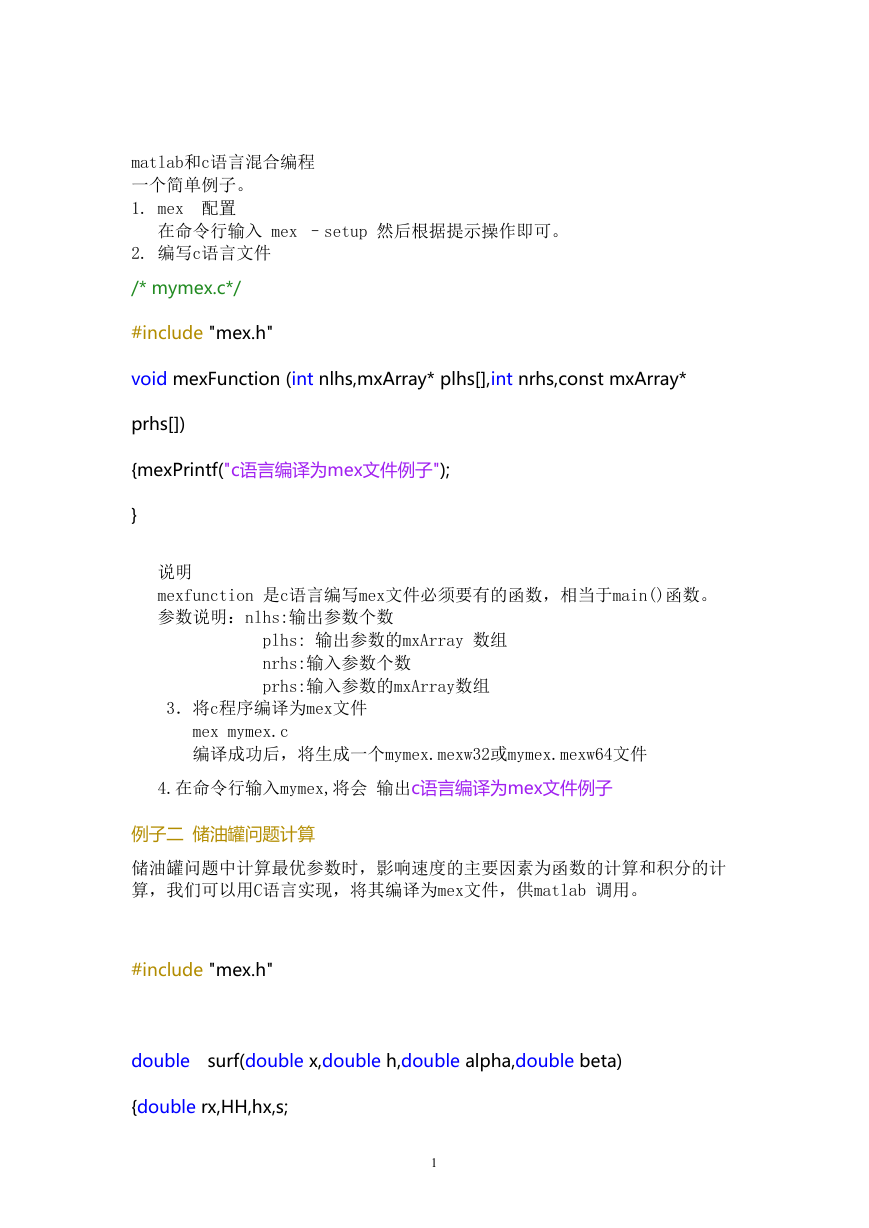
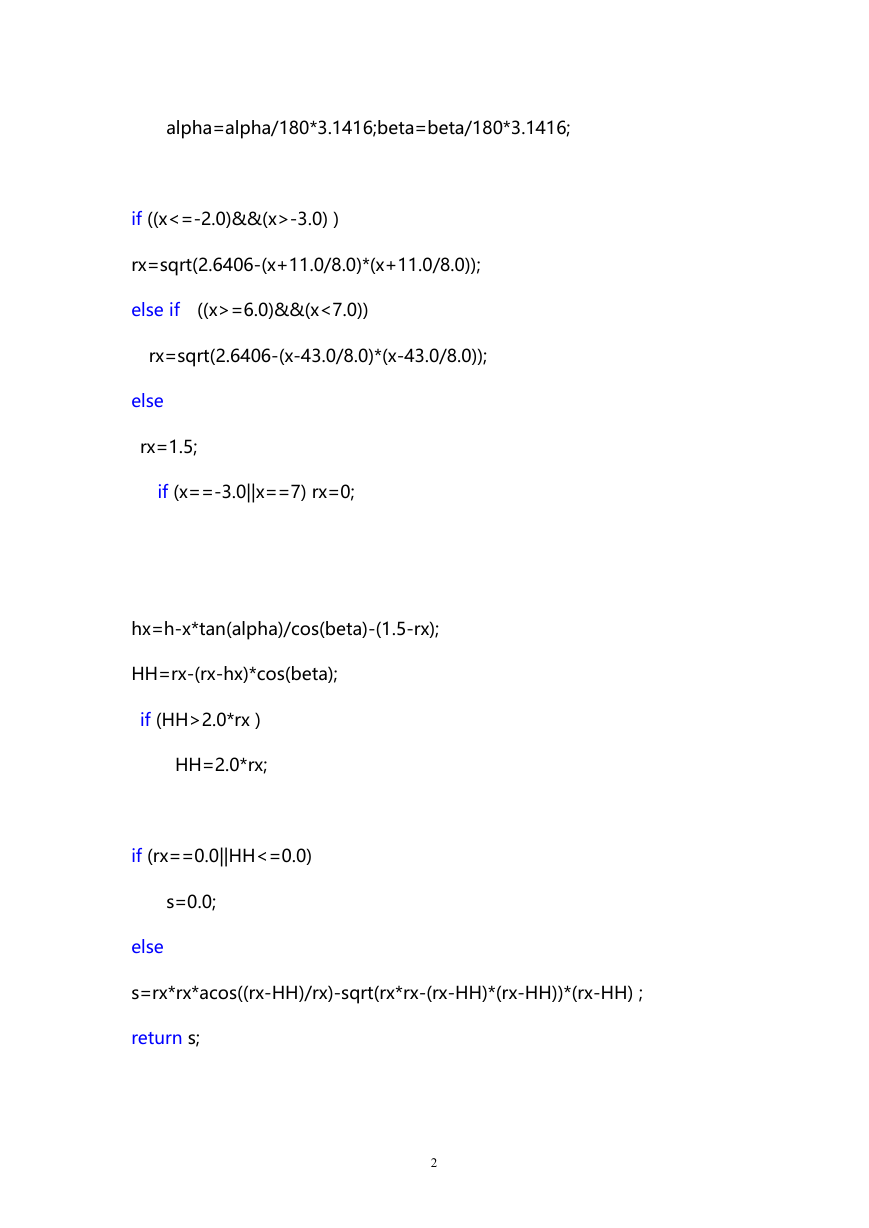

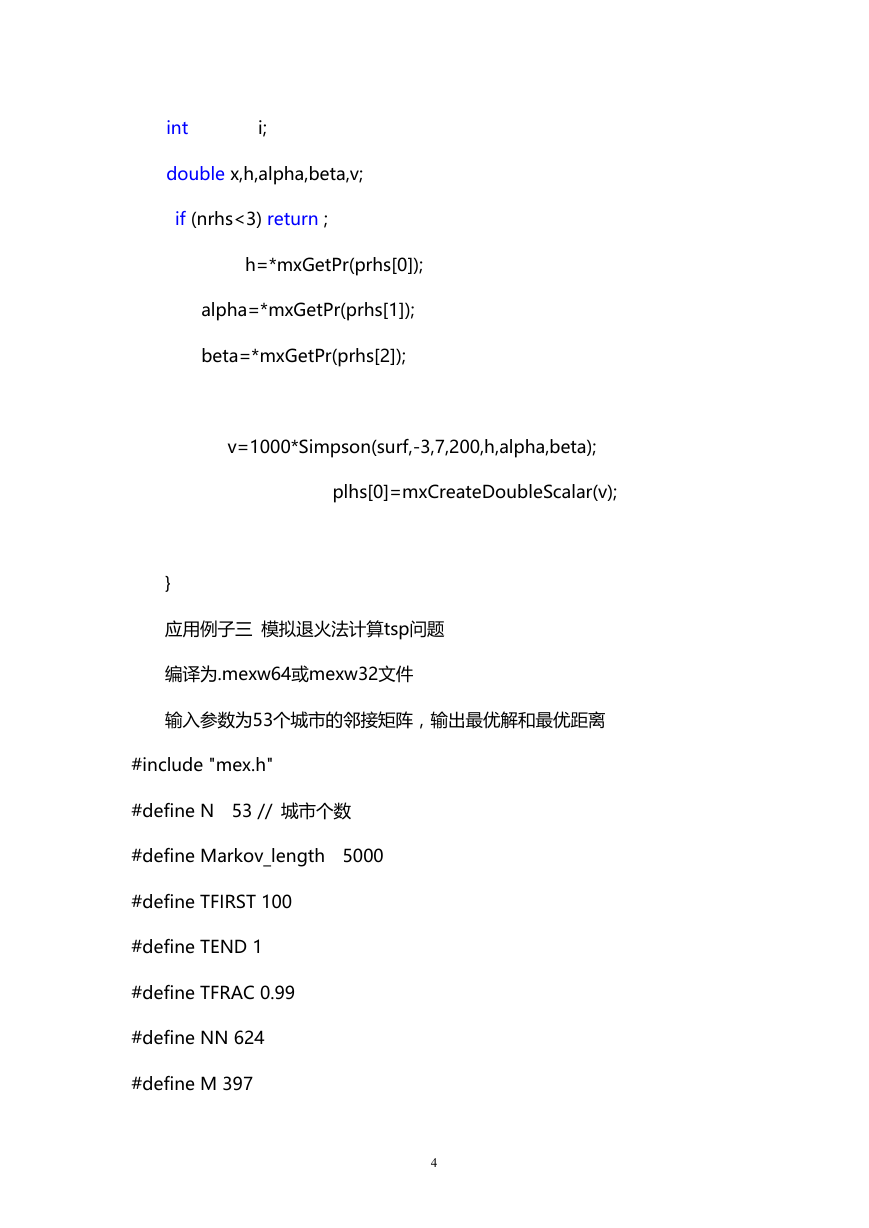

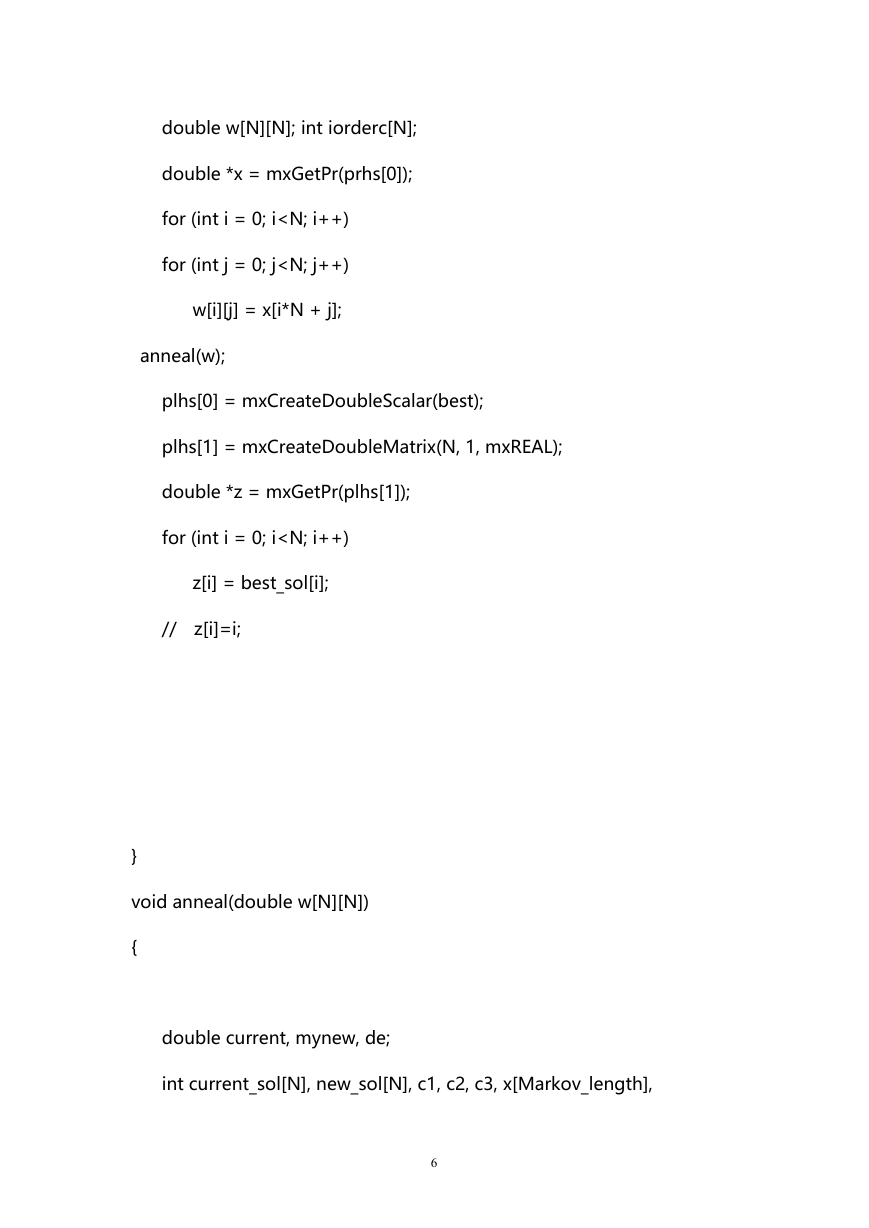
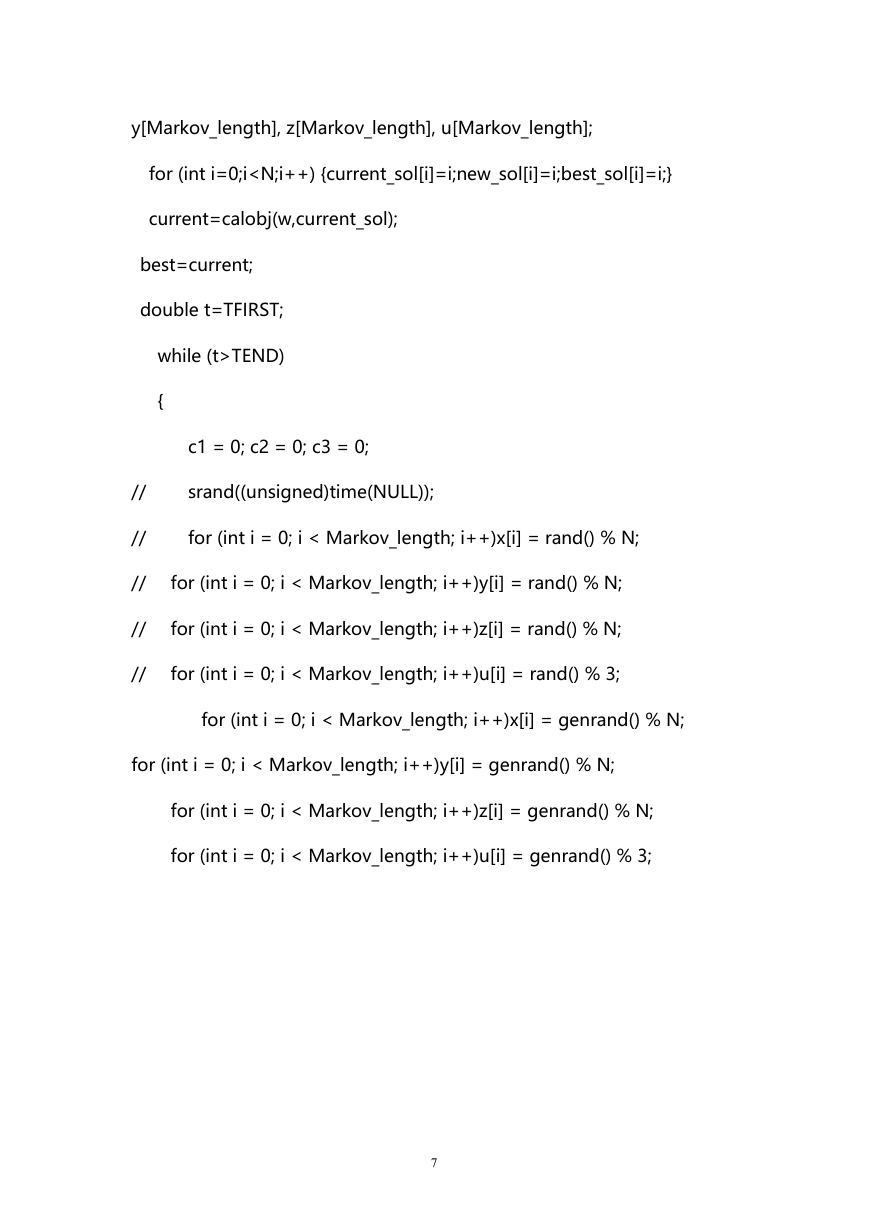
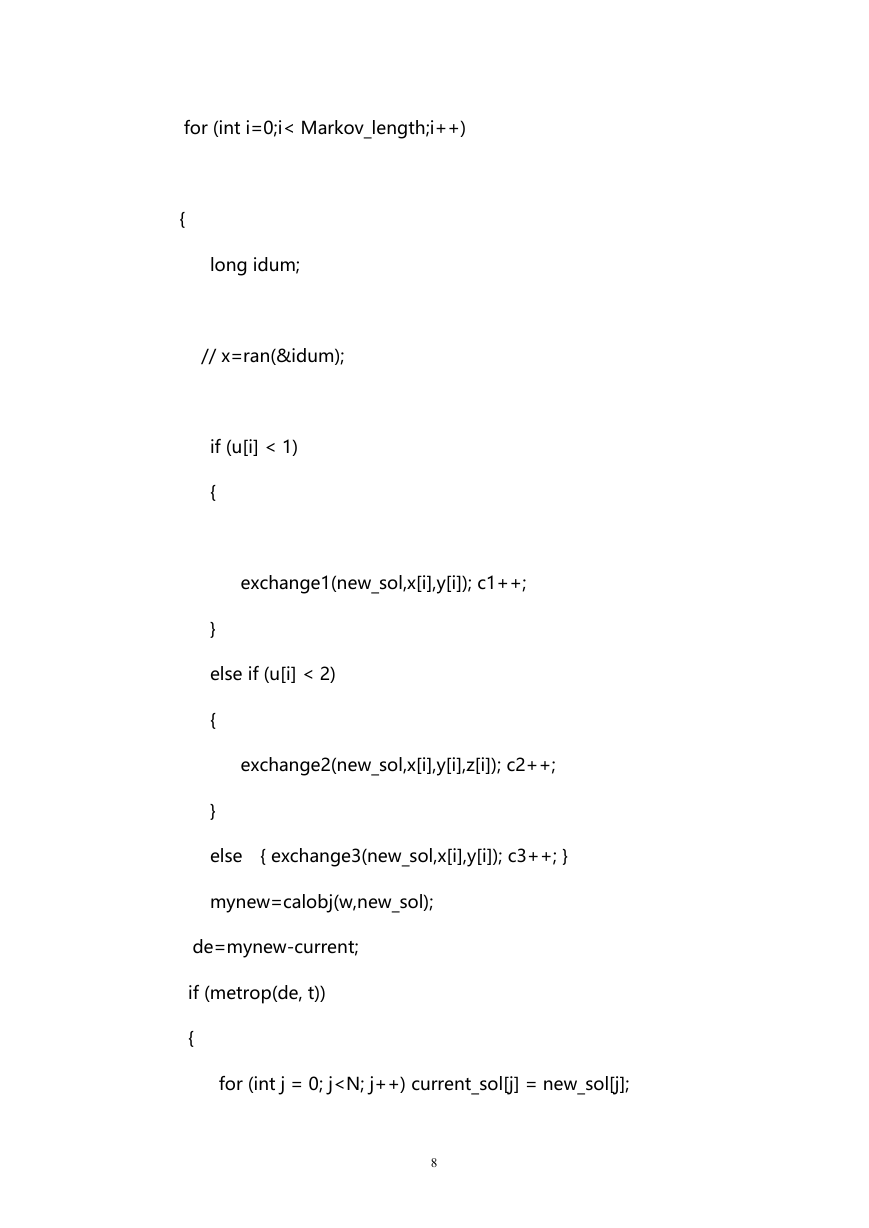








 2023年江西萍乡中考道德与法治真题及答案.doc
2023年江西萍乡中考道德与法治真题及答案.doc 2012年重庆南川中考生物真题及答案.doc
2012年重庆南川中考生物真题及答案.doc 2013年江西师范大学地理学综合及文艺理论基础考研真题.doc
2013年江西师范大学地理学综合及文艺理论基础考研真题.doc 2020年四川甘孜小升初语文真题及答案I卷.doc
2020年四川甘孜小升初语文真题及答案I卷.doc 2020年注册岩土工程师专业基础考试真题及答案.doc
2020年注册岩土工程师专业基础考试真题及答案.doc 2023-2024学年福建省厦门市九年级上学期数学月考试题及答案.doc
2023-2024学年福建省厦门市九年级上学期数学月考试题及答案.doc 2021-2022学年辽宁省沈阳市大东区九年级上学期语文期末试题及答案.doc
2021-2022学年辽宁省沈阳市大东区九年级上学期语文期末试题及答案.doc 2022-2023学年北京东城区初三第一学期物理期末试卷及答案.doc
2022-2023学年北京东城区初三第一学期物理期末试卷及答案.doc 2018上半年江西教师资格初中地理学科知识与教学能力真题及答案.doc
2018上半年江西教师资格初中地理学科知识与教学能力真题及答案.doc 2012年河北国家公务员申论考试真题及答案-省级.doc
2012年河北国家公务员申论考试真题及答案-省级.doc 2020-2021学年江苏省扬州市江都区邵樊片九年级上学期数学第一次质量检测试题及答案.doc
2020-2021学年江苏省扬州市江都区邵樊片九年级上学期数学第一次质量检测试题及答案.doc 2022下半年黑龙江教师资格证中学综合素质真题及答案.doc
2022下半年黑龙江教师资格证中学综合素质真题及答案.doc